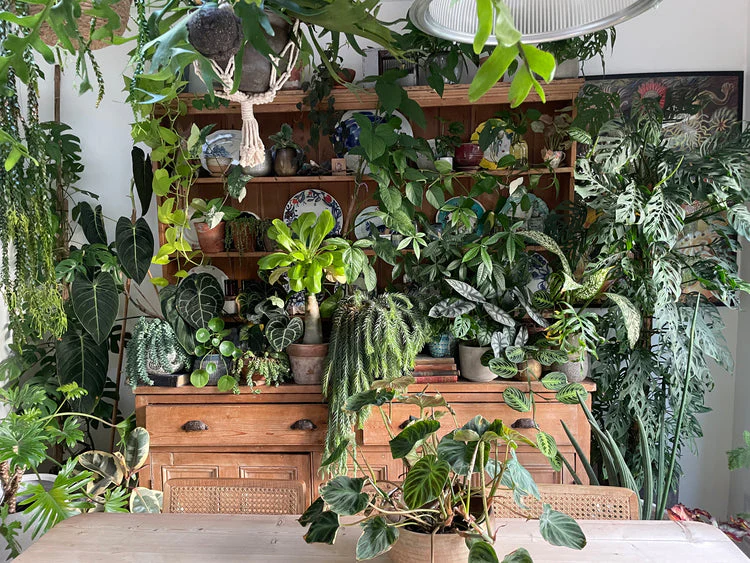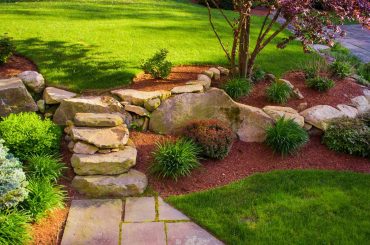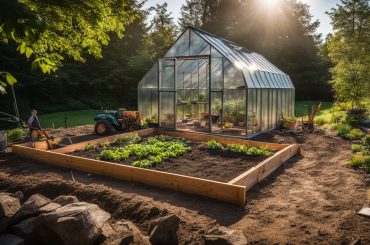Table of Contents
Amidst the hustle and bustle of college life, students often find themselves seeking a moment of calm and rejuvenation. With tight schedules, looming assignment deadlines, and the pressure of maintaining good grades, the need for a personal sanctuary becomes more pronounced.
Enter the world of indoor plants — a simple yet effective solution to turn student accommodations into refreshing, green havens.
Incorporating greenery not only enhances the aesthetic appeal of a room but also offers numerous health benefits. From purifying the air to reducing stress levels, indoor plants can play a pivotal role in a student’s well-being.
Moreover, with the assistance of custom essay writing platforms, students can now free up some time to engage in recreational activities like plant care.
Choosing the Right Plants for Your Space
Know Your Light Levels
Before diving into the world of indoor plants, understanding the light dynamics of your room is paramount. Just as we have our preferences, plants, too, exhibit varied needs in terms of sunlight.
Some foliage, like the elegant ficus or the vibrant croton, seeks spaces bathed in abundant bright, indirect sunlight. In contrast, others, like the resilient snake plants or the low-maintenance ZZ plants, are champions in rooms with dimmer light conditions.
Rooms that get a medium amount of light can be adorned with ferns or spider plants, bringing a splash of nature indoors.
Consider Maintenance Needs
The bustling life of a student, replete with lectures, assignments, and extracurriculars, often leaves little time for additional responsibilities. Keeping this in mind, it becomes essential to select plants that seamlessly fit into this busy tableau.
Succulents are a godsend in this context. With their ability to store water and their minimal watering requirements, they become the perfect green companions for students. Additionally, air plants, which derive most of their nutrients from the air, can also be an easy-care option.
Styling Tips for Maximum Impact
Elevate with Plant Stands
Plant stands serve as more than just holders for your plants. They’re a style statement. By introducing height variations, they breathe life into your space, making it feel both organic and structured.
From minimalistic metal stands to rustic wooden pieces, the options are plentiful. Choosing a stand that complements both your plant and room décor can amplify the aesthetic appeal of your green corner.
Use Multi-Functional Planters
In the transient world of student life, where change is the only constant, multi-functional planters emerge as heroes. These versatile containers, apart from housing plants, also come equipped with storage spaces.
Whether it’s study materials, stationery, or even art supplies, these planters ensure that students stay organized, effortlessly blending functionality with aesthetics.
Maximizing Limited Space
Hanging Planters and Vertical Gardens
Limited floor space shouldn’t deter you from having a verdant oasis. Turning your gaze upwards opens a realm of possibilities. Hanging planters, with their cascading plants like strings of pearls or golden pothos, can be an artistic addition.
Alternatively, vertical gardens, which are essentially frames of greenery, can transform bare walls into lush tapestries of plants.
Windowsill Gardens
Windowsills, often overlooked, hold immense potential. By placing petite plants on these sills, students can create a mini ecosystem. Whether it’s aromatic herbs like basil and mint, decorative ferns, or vibrant succulents, these tiny gardens can be a source of joy and inspiration.
Incorporating Plants into Study Areas
Desk-Friendly Plants
A desk isn’t merely a space for work. It’s where ideas blossom and dreams take shape. Introducing desk-friendly plants like pothos, peace lilies, or even the delightful fittonia can infuse this space with positivity. Apart from purifying the air, these plants add a touch of serenity, enhancing concentration and creativity.
Natural Room Dividers
Shared accommodations, while being fun, often yearn for a touch of privacy. Tall, bushy plants like bamboo, monstera, or even the rubber fig can serve as natural room dividers. Apart from demarcating spaces, they add texture and warmth to rooms.
Added Benefits of Green Companions
Air Purification: The power of plants goes beyond their beauty. Certain plants, notably the spider plant, snake plant, or even the Boston fern, have been recognized for their air-purifying abilities. They actively filter indoor air pollutants, ensuring students breathe healthier air.
Mood Boosters: Psychological studies have repeatedly shown the mood-enhancing abilities of plants. Just the act of tending to a plant, watching it grow, can act as a stress buster. Their calming presence can significantly reduce anxiety, fostering a positive mental space.
Natural Humidifiers: Particularly in areas with dry climates or during winter months, indoor air can become dry. Plants, through a process called transpiration, release water vapor, increasing indoor humidity. This not only benefits human occupants but also other plants, creating a balanced indoor environment.
Conclusion
Incorporating plants into student accommodations can be more than just a design choice. It’s about creating a nurturing environment conducive to learning and relaxation.
And while platforms offering the best paper writing service can assist with academic tasks, turning to nature for a mental boost remains unparalleled. Create your green sanctuary today!





